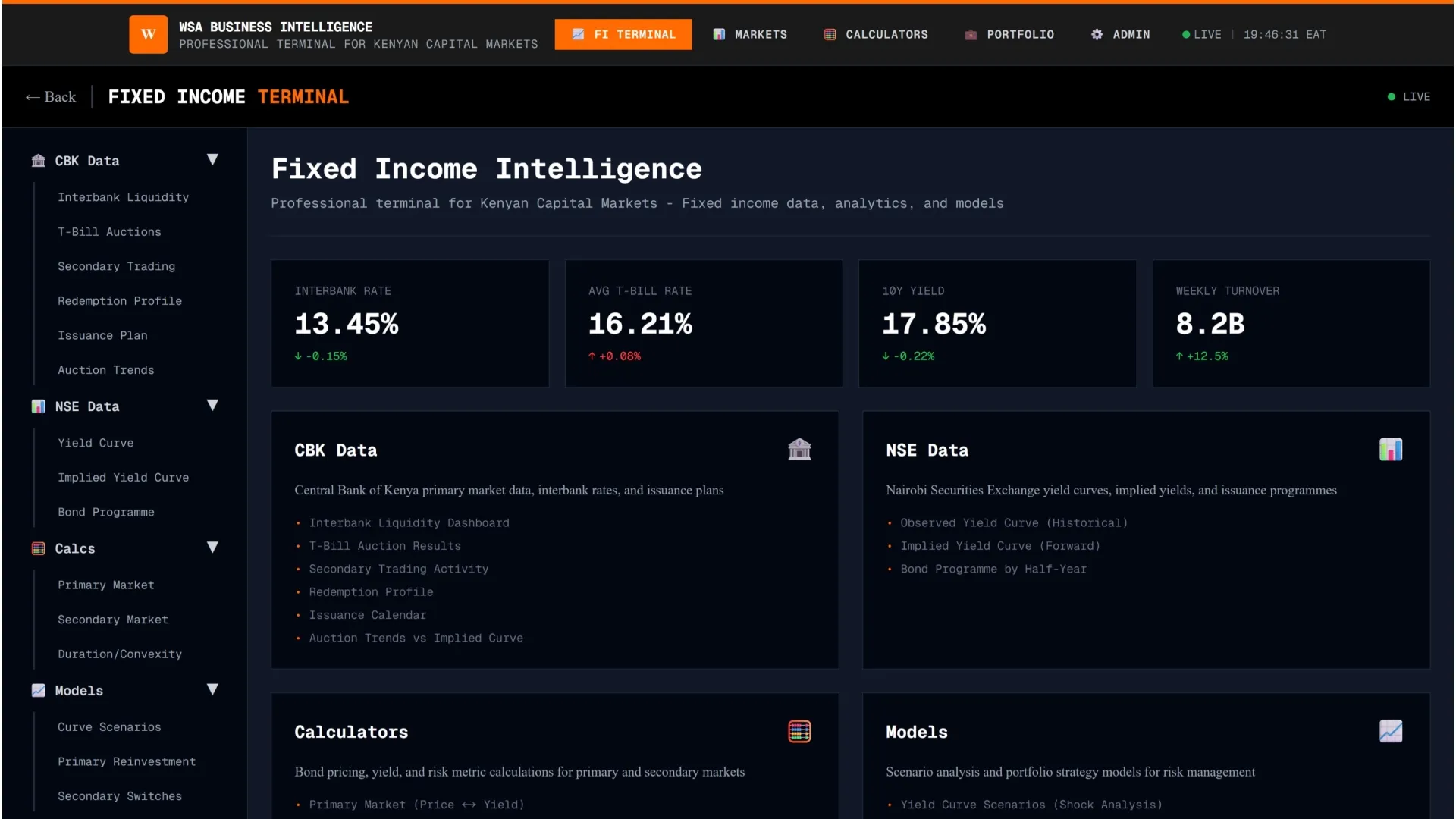Kenya shut down a meth lab in Namanga in September last year—based on US intelligence—uncovering the first confirmed large-scale operation by Mexican Cartel de Jalisco Nueva Generación (CJNG) in East Africa.
- •The bust, near the Tanzania-Kenya border, signals a shift in the region’s role from a transit hub to a manufacturing base for international drug syndicates.
- •A CJNG operative, Israel Alvarado Vera, attempting to escape from Kenya was arrested in October, raising concerns that Mexican drug cartels are embedding themselves deeper into the African narcotics trade.
- •Others arrested during the bust include Betty Mukami Micheni and two Nigerian nationals Egwu Ogba Mba and Ojukwu Awu.
According to a report by the US Department of State, East Africa has been a notorious transit route for heroin from Southwest Asia and cocaine from Latin America—all destined for Europe and the Middle East.
The establishment of meth production within Kenya, which authorities say had been running for at least six months, suggests a new phase of criminal evolution. In addition to law enforcement efforts to stymie the transit and manufacturing of narcotics, the US is mentoring Kenya’s Sensitive Investigations Unit (SIU), and providing equipment and training that will be necessary in ramping up the country’s anti-narcotic war.
Despite these high-profile successes, drug enforcement efforts in Kenya face persistent challenges—ranging from corruption and political interference, which have historically hampered prosecution attempts.
The Jalisco New Generation Cartel (CJNG), one of Mexico’s most dangerous criminal syndicates, was formed between 2009 and 2010 after the death of Ignacio “Nacho” Coronel, a senior Sinaloa Cartel leader, by Nemesio “El Mencho” Oseguera Cervantes. The cartel is present in over 28 Mexican states and is responsible for mass killings, ambushes on security forces, and the use of improvised explosive devices (IEDs) and weaponized drones.
The Namanga seizure adds to a wider trend of rising meth production in Africa, with Nigeria and South Africa already established as manufacturing hotspots. As law enforcement agencies struggle to keep up with these evolving networks, international cartels continue to exploit Africa’s growing role in the global drug trade.
Tanzania’s Seizures
Tanzania, on the other hand, reported seizing 2.25 metric tons of methamphetamine, 1.5 metric tons of heroin, 2.5 metric tons of marijuana, 7.3 kilograms of cocaine, and 16,532 liters of diverted precursor chemicals in 2024.
The rise in precursor chemical seizures suggests growing local meth production, though still smaller in scale than in other African nations. Heroin addiction rates are increasing, putting pressure on Tanzania’s limited rehabilitation infrastructure.
Additionally, the country’s authorities eradicated 1,175 hectares of cannabis, reflecting heightened enforcement efforts. While these seizures indicate progress, traffickers continue to exploit weak border controls and corruption to move drugs through the region.




